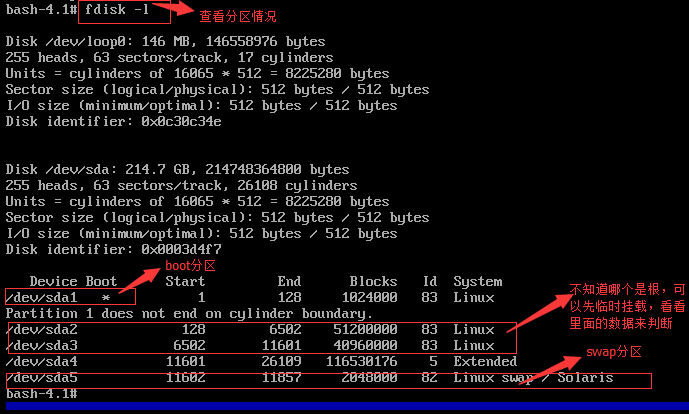

No, this isn't a filesystem type :-) The option "auto" simply means Writing to NTFS partitions is a bit shabby at this moment. Linux, I suggest formatting them as Vfat, because Linux's support for
#Fstab defaults windows
If you want to be able to write to your Windows partitions from In 2000 and XP you can choose theįilesystem type, so 2000 and XP partitions may be formatted as Vfat, (95, 98, ME) all use Vfat (more widely known as FAT32), and the NT Your Windows partitions are probably either Vfat or NTFS. The filesystem type "swap" is used in your swap partitions. Swap The filesystem name is self-explanatory. ReiserFS as their default filesystem for Linux partitions.

Many Linux distros (including SuSE) have started using LikeĮxt3, ReiserFS is a journaled filesystem, but it's much more advanced Your Linux partitions may very well be formatted as ReiserFS. Meaning that if you turn the computer off without properly shuttingĭown, you shouldn't lose any data and your system shouldn't spend agesĭoing filesystem checks the next time you boot up. Is a newer filesystem type that differs from Ext2 in that it's journaled, Usually the default filesystems for almost every new Linux distro. Standard filesystem for Linux, but these days, Ext3 and ReiserFS are Very likely your Linux partitions are Ext3. Manyĭifferent filesystems are supported but we'll take a look at the most Specifies the filesystem type of the device or partition. Mount /dev/hda2 and /dev/hdb1? By looking at the /etc/fstab file of course. If / wasn't mounted! But how does the system know where you want to Wouldn't, you'd have a hard time using your cool Linux system becauseĪll the programs you use are in / and you wouldn't be able to run them This is done automatically when your Linux system boots up. There are lines that look like this:Īs you've learned, these lines mean that /dev/hda2 will be mounted to / and /dev/hdb1 to /home. For example, have a look at the example fstab above. If it doesn't, simply create it.Īnd devices are also automatically mounted when your Linux system boots Just make sure the mount point is a directory that already exists on If you're not satisfied with the defaults your distro has given you. You can freely change the default mount points listed in /etc/fstab If there is no entry for /dev/fd0 in my fstab when I issue the command above, mount gets very confused because it doesn't know where to mount the floppy. my floppy will be mounted in /media/floppy, because that's the default mount point specified in /etc/fstab. What does all this mean? If I type the following command: As you probably noticed when looking at the example fstab, I use SuSE's mount points as an example. Most distros create them under /mnt, but some (at least SuSE) under /media. Like you already learned from the Mounting tuXfile, most Linux distros create special directories for mount points. That is the directory where the device willīe mounted if you don't specify any other mount point when mounting the The mount point specified for a device in /etc/fstab When you mount stuff manually: what is the device or partition, and They tell the mount command exactly the same things that you tell mount I'm more confused of which way to go than a dog in a herd of squirrels.The first and second columns should be pretty straightforward.
#Fstab defaults how to
I've been looking all over the "interwebz" trying to find out how to add nofail and, when I find a mention of nofail, everyone adds it in a different way plus has other entries, such as noatime, added as well. UUID=123ec4fd-54e2-4590-8a4b-da43630efd72 /media/Data1 ext4 defaults 0 0īesides the boot SSD, I have two 4TB 2.5" SATA data drives and one 8TB M.2 NVMe data drive divided into two 4TB partitions (the reason for the partitions was so I could use existing 4TB drives for backups).Īpparently, I need nofail added into each entry to allow the computer to continue to boot whenever one or of the data drives/partitions are absent (besides being a problem if I ever have to send the computer in for repair again and I first yank the data drives, I would be up the creek without a canoe if a data drive should die and I couldn't boot the computer). When I first set up this laptop, the only directions I could find that made sense to me at the time had me make entries like this in fstab to enable my data drives/partitions to automount:


 0 kommentar(er)
0 kommentar(er)
